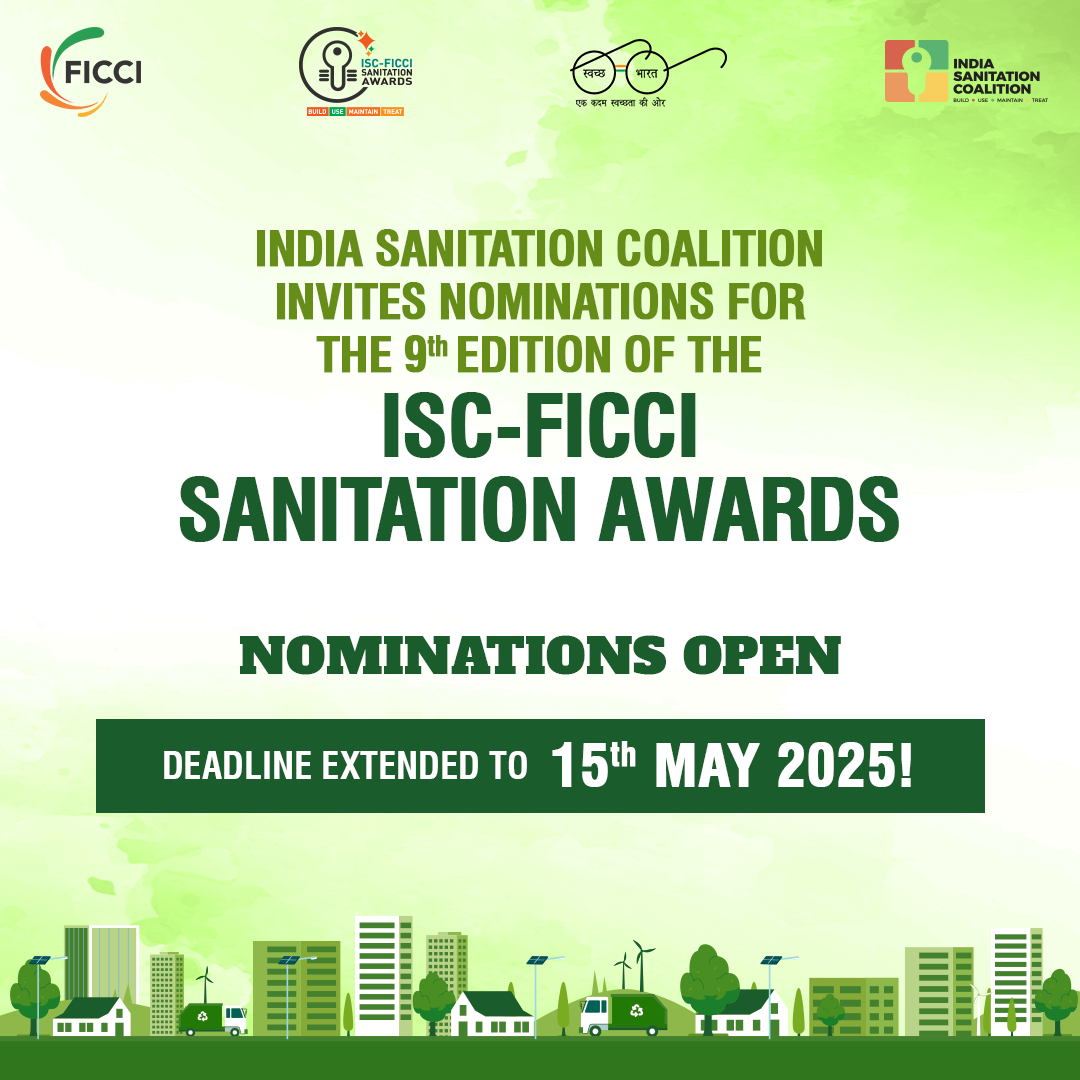HH level garbage collection system established in Kukudsath
Article Published On: 14 March 2023
 Kukudsath village in Chandrapur district of Maharashtra received the Government’s SMART Gram Puraskar in 2016, considering its improved sanitation indicators such as 100% toilet usage, regular cleaning of village, supply of RO water to all households, 100% wastewater management through magic pits, installation of solar panels at the school and Gram Panchayat office and the use and maintenance of CCTV cameras. Nevertheless, it had a poor system for garbage collection and segregation.
Kukudsath village in Chandrapur district of Maharashtra received the Government’s SMART Gram Puraskar in 2016, considering its improved sanitation indicators such as 100% toilet usage, regular cleaning of village, supply of RO water to all households, 100% wastewater management through magic pits, installation of solar panels at the school and Gram Panchayat office and the use and maintenance of CCTV cameras. Nevertheless, it had a poor system for garbage collection and segregation.
To address this, Ambuja Cement Foundation (ACF) took up the matter as a part of the Lighthouse Initiative (LHI) to transform the place into a model ODF Plus village.
The Lighthouse Initiative (LHI) was launched as a multi-stakeholder Public Private Community Partnership by the Department of Drinking Water and Sanitation (DDWS), Government of India along with the India Sanitation Coalition (ISC), and corporates under the Swachh Bharat Mission Grameen (SBM-G) Phase II. The programme aims to create 75 model Gram Panchayats across 15 states as a model of rural sanitation in its first phase.
SBM-G Phase II is about sustaining ODF status and putting in place systems for the effective management of solid and liquid waste that will lead to visual cleanliness. In keeping with this objective, the Mission lays emphasis on source segregation of solid waste, utilizing the principles of the 3Rs (reduce, reuse, recycle), scientific processing of all types of solid waste, and remediation of legacy dumpsites for effective solid waste management.
Poor garbage collection: Earlier, Kukudsath Village was considerably clean because the village community regularly cleaned public spaces and kept their home surroundings clean. However, in the absence of a system for garbage collection, most households used oil tin boxes as garbage bins. In those boxes, they would deposit all waste – wet, dry, and plastic waste. When the Ganta Gadi (garbage collection vehicle) visited homes every week, segregating the garbage was nearly impossible and to avoid this most people burnt their garbage.
Awareness and motivation: Keen to resolve the problem of poor garbage collection, ACF along with the panchayat, held meetings with the village community, the village development committee, and the panchayat members which led to the development of a concrete plan.
In addition, ACF organized group meetings with the Village Development Committee, the Self-Help Group, adolescent groups, women, and PRI members. They also displayed IEC messages on safe sanitation and ways for the effective management of solid and liquid waste through wall paintings across the village. The exposure visit organised to the model villages of Rajgad and Kosambi proved to be a game changer when people from Kukudsath saw for themselves systems for garbage collection and segregation as also for plastic collection and disposal.
Planning and Execution: Thereafter, regular meetings were held with the Panchayat Secretary, Block level SBM-G team, and District Deputy CEO for planning and execution of works.
To initiate household-level segregation of waste, the GP distributed two bins to each household (440 bins in total) so that waste could be segregated at source. Further, ACF provided 16 large bins each with a capacity of 120 litres, thereby rolling out a community-level garbage segregation system. The Ganta Gadi now collects segregated garbage from these large bins every week. The biodegradable waste is deposited into Nadep pits where it is converted into rich manure for use in agriculture. To put this plan in motion, the GP spent Rs. 65,000 and ACF incurred an expenditure of Rs. 40,000.
